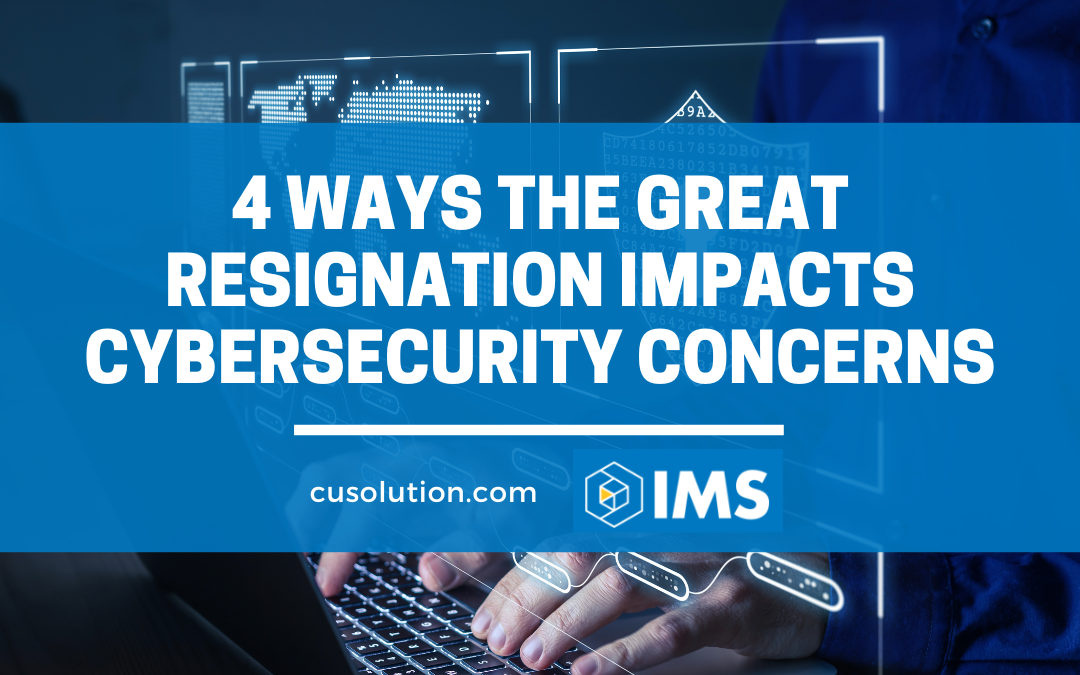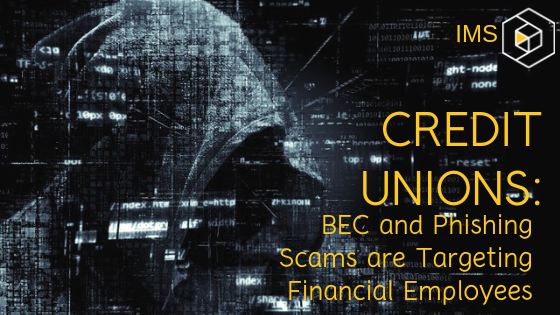
by admin | Sep 19, 2022 | Credit Union Resources
There had been a lot of talk about the impact of the Great Resignation, and much of it centers around hiring practices, salary negotiations, and employee retention and turnover. But there are residual effects stemming from these mass resignations, and some of...

by admin | Jul 26, 2021 | Employee Well-Being
2021 is the year of the employee. In the current job market, hiring and retaining entry-level – and even management and other professional-level – employees is a struggle. This has become a trend for a few reasons. So how do you hire credit union employees in...

by admin | Nov 6, 2018 | Credit Union Resources, Email Scam, Phishing
Business Email Compromise Scams (BEC) are hitting financial institutions hard, and the threat only seems to be increasing. CEOs, CFOs, and financial employees are at a high risk of being targeted in BEC schemes, regardless of company size. Whether a small,...



